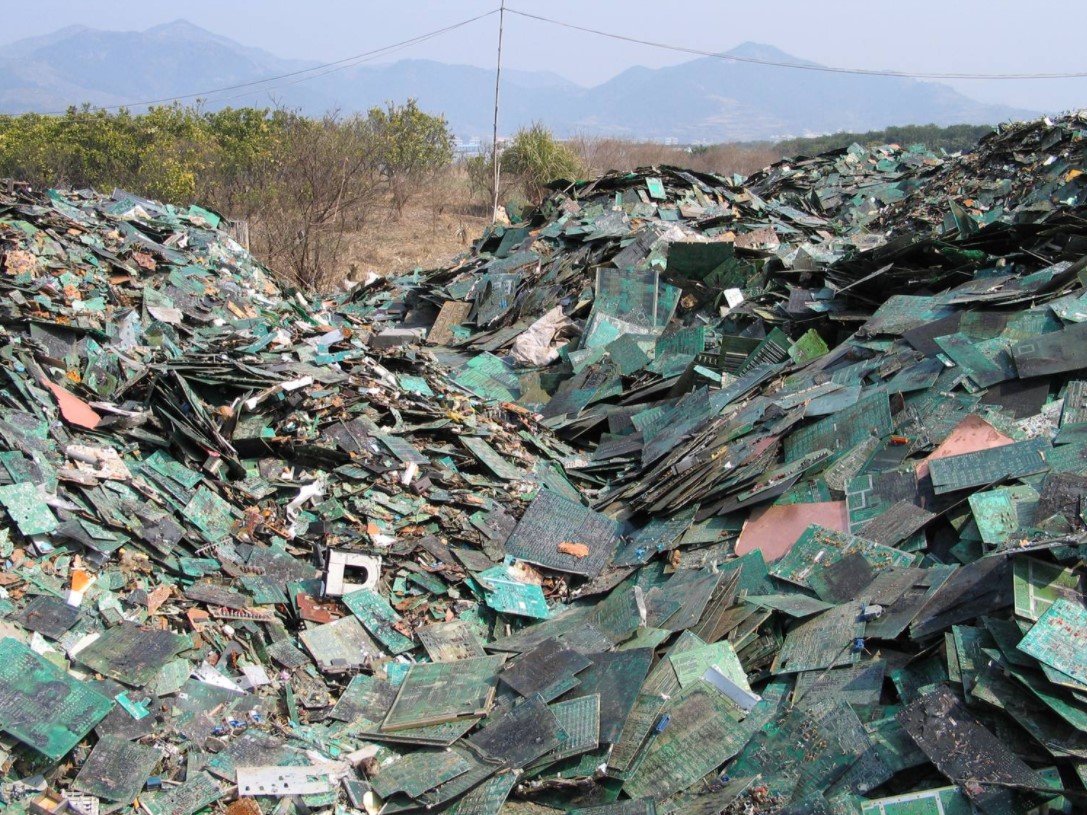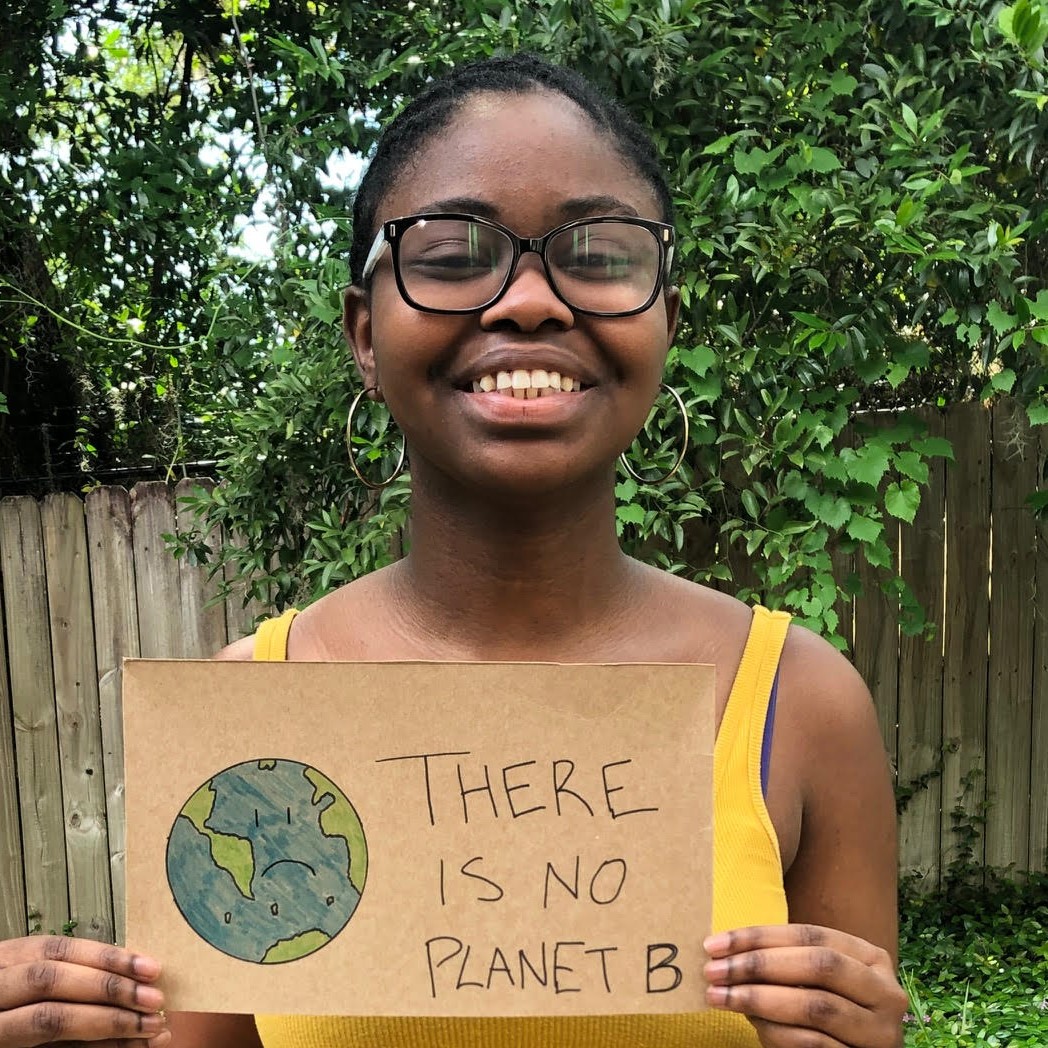
E-Waste: The Consequences of Material Extraction
The United States produces 6.9 million tons of electronic waste each year and only 12% of it gets recycled according to the EPA. The rate of electronics being produced is five times faster than the growth of the human population itself. All of this electronic waste or e-waste, is made of valuable metals and toxic substances, 50 - 70 % of which is transported to foreign countries, where it accumulates developing into a hazard for the surrounding environment.
But creating massive amounts of electronics requires large amounts of materials that are causing problems in many third-world countries.
The conflict in DRC:
The Democratic Republic has been a hotspot of conflict for many years and is currently going through a civil war fueled by the mining of metals. Both sides depend on the metals to finance operations causing a conflict which has taken the lives of 5.4 million people since 1998. These metals are then bought by foreign countries to produce electronics. Robert Hormats, who served as the Under Secretary of State for Economic Growth, Energy, and the Environment said that the consequences of mineral mining are “one of the most significant moral issues of our time”.
Environmental impact:
Mining for metals is extremely detrimental to the surrounding environment. It contaminates nearby water sources with different types of toxic metals and acids which kills wildlife. A large amount of waste is also produced through the mining process which ends up in the ground or at waste sites. Approximately 80 tons of waste is produced from mining one ounce of gold. The mining of rare Earth elements also requires miners to separate it from radioactive elements. Managing the radioactive waste is also a problem and many are exposed to radiation in the process. One of the largest e-waste dumps in the world is the city of Guiyu in China, where e-waste from all over the world is transported for burning or recycling. The burning of plastics has resulted in 80 % of Guiyu’s children to have high amounts of lead in their blood. Nearby water sources also test high for industrial solvents and metals.
What you can do to help:
One of the best ways that you can help slow down the amount of e-waste produced is by lengthening the time you buy devices. Instead of buying the newest phone and chucking the old one every time your brand comes out with a new version, buy a new phone every two or three versions as most phones work fine for more than 3 or 4 years. This is the same with laptops and TVs which can also last very long before needing a replacement. Most cell carriers have deals where you can trade in a phone and it counts towards your purchase of a newer version which is also a great way to reduce the amount of e-waste you produce. The safest way to dispose of electronics is to check for nearby recycling centers for electronics. They can manage the waste and recover metals and parts that can be recycled before getting rid of the waste.
Citations
“Where’s The Harm – From Materials Extraction?” Electronics Take Back Coalition, www.electronicstakeback.com/toxics-in-electronics/wheres-the-harm-extraction/.
Banco, Erin. “Is Your Cell Phone Fueling Civil War in Congo?” The Atlantic, Atlantic Media Company, 10 July 2011, www.theatlantic.com/international/archive/2011/07/is-your-cell-phone-fueling-civil-war-in-congo/241663/.
Pinghui, Zhuang. “China's Notorious e-Waste Dumping Ground Cleaner but Poorer.” South China Morning Post, 22 Sept. 2017, www.scmp.com/news/china/society/article/2112226/chinas-most-notorious-e-waste-dumping-ground-now-cleaner-poorer.

































Comments